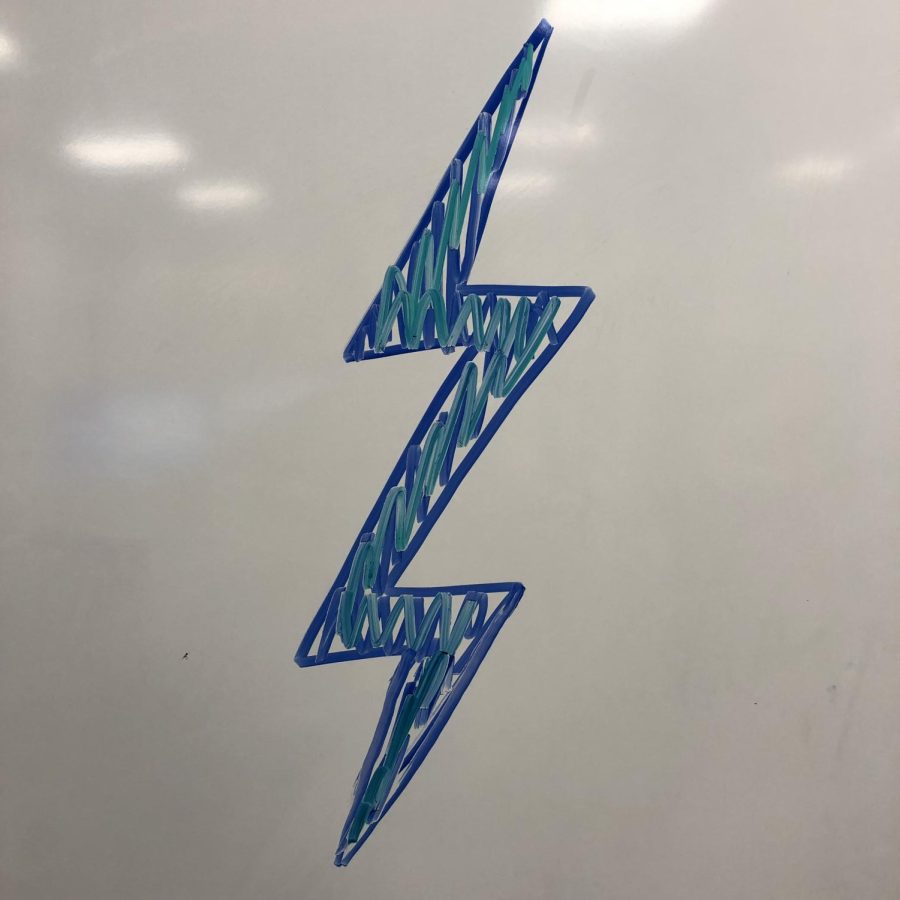Electricity’s Basics
Electricity is shocking, mysterious, and powerful. It’s so familiar yet so foreign. Very few have a proper grasp of what electricity is. If a physicist was asked to explain it, they’ll give an overly-complex answer followed by a remark along the lines of, “That’s what the math says anyway. I honestly can’t tell you what’s actually happening.” This example demonstrated the highest level explanation of electricity, which is neither necessary nor appropriate when wanting basic information. Electricity’s definition can be simplified to the physical phenomena resulting from the movement of charged matter. Even more simply, electricity is what happens when charged particles or objects move around and interact. But what does that definition even mean, and how did it come to be?
The First Sparks
Humans have been harnessing electrical power for thousands of years. Ancient humans would wait for lightning to strike and then harvest embers to create fire. Despite this, it wouldn’t be until 600BC that someone began to understand what electricity was. Thales, a Greek philosopher, discovered that amber, when rubbed, will attract and pick up very light objects such as feathers. This is the first documented observation of static electricity, which is built up in an object and can be transferred to others. Think of rubbing a balloon on hair which makes the two stick together. Thales’ observation began to roll the ball of discovery down the hill of electric understanding. The ball moved incredibly slowly at first, though. Eventually, in 1600, William Gilbert compared magnetism, his area of expertise, and electricity due to their similar properties of attraction. Soon after, physicists began to further see how the two are indeed connected. The challenge was figuring out exactly how they were related. After years of study and problem-solving, James Clerk Maxwell published a unifying theory of electricity and magnetism, known as the Maxwell Equations, in 1865. These four equations demonstrated and connection between electricity, magnetism, and even light. This is why light is measured on the electromagnetic spectrum. Between Gilbert’s comparison and Maxwell’s publishing, it was discovered that electricity has two charges/types, positive and negative. Scientists finally understood that electricity can flow through or between objects and this is what kickstarted inventors such as Thomas Edison and Nikola Tesla to pursue communication and energy transfer via electrical currents. Thanks to minds like theirs, humanity can communicate quickly and cheaply across the globe and space.
Energetic Electrons
Although the science behind electricity is incredibly complex, it can be broken down and simplified to an understandable level. It all starts with the electron. Electrons are one of the fundamental particles that make atoms. They have a negative charge and surround the nucleus of atoms (made of protons and neutrons). They’re also one of the lightest particles; their mass is so small, in fact, that it’s often left unaccounted for, especially when massing atoms. Since electrons are so light, they move at roughly 1350 miles per second. That’s fast enough to travel around the Earth in only 18 seconds. This is why communication via electricity is so effective and efficient, it all happens in an instant. Electrons can also be stored in objects. A negative charge builds up until a more positively charged object makes contact and then all of those electrons rush over to the positively charged object. This is the static electricity all know and love. Electrons can also flow through wires. This demonstrates how electricity can flow in a current, much like water. Electrical currents are primarily how electricity is transferred over long distances. For example, a power plant in California transfers electricity to a transformer in Ohio. That transformer then diverts the electricity to a neighborhood a few miles away. Currents can work on very small scales as well. Think of microchips or computers. Another method of long-distance communication is using varying wavelengths of light, which is related to electricity and magnetism due to the Maxwell equations. Light, however, is a topic for another day.
Electricity runs all facets of society. Without humanity’s understanding and masterful use of it, the world would be very different today. That is, however, not to say that there is a complete understanding. Many more great minds must discover and pursue their love for knowledge. Those minds will have begun their quests upon learning electricity’s elegant basics. Perhaps one, maybe more, will have had a spark light a small ember in their mind. That ember, if coddled and kept safe, can become a roaring flame that lights and unveils the missing knowledge of electricity.








